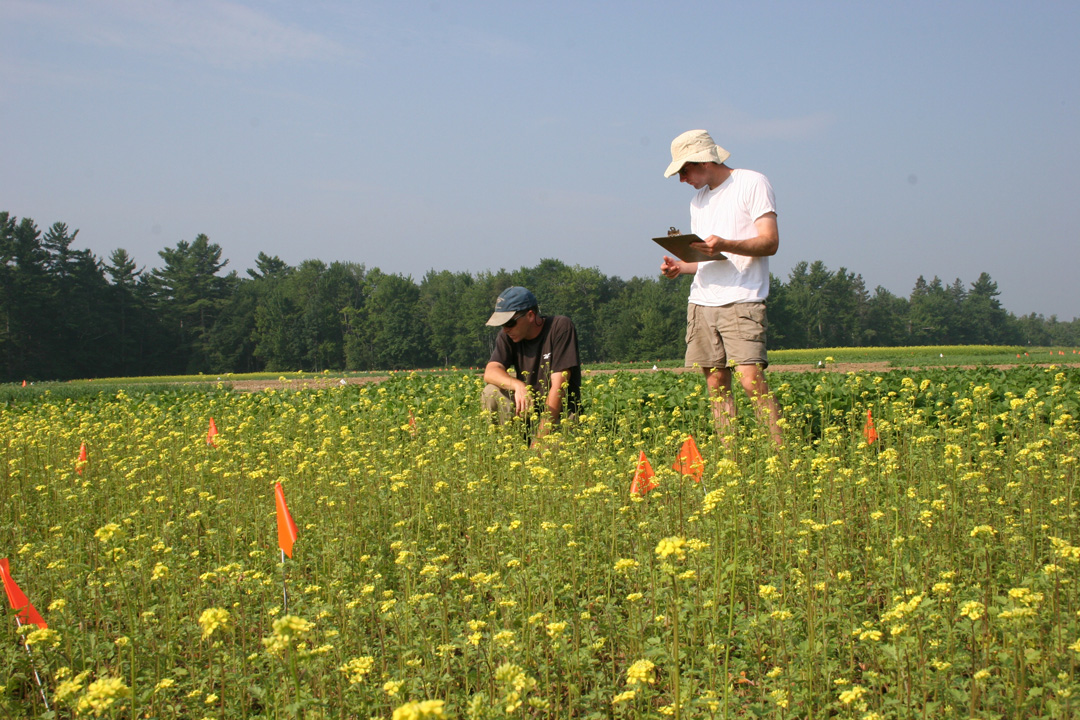
Ecological bases for weed management in sustainable cropping systems
Weeds remain the foremost production problem on organic farms. Organic farmers rely mostly on cultivation for managing weeds, yet weed density is generally high, and often increasing on these farms. There are two central problems with physical weed control: First, cultivation efficacy is often low and is highly variable. We aim to characterize this variability and understand over a wide range of environments the contributions of implement, site and weed species/growth stage to this variation. Farmers will learn the extent of variation that can be managed, and the amount inherent in their systems. This will both optimize cultivation as a practice, and underscore the need to reduce initial seedling densities through multi-faceted strategies targeting the weed seedbank. The second problem is that each cultivation even kills only a proportion of seedlings present, and thus surviving weed density is proportional to the initial seedbank. Here we address this problem with objectives that aim to reduce the weed seedbank through enhanced seed decay, and a practical set of experiments that focus on preemption of seed rain by characterizing late-season seed maturation. In short, farmers will know when weed plants can be killed and dropped in the field, and when they should be removed from the field to prevent viable seed inputs. This information will have immediate use in the cost/benefit deliberation that farmers face with fall weed management in the context of a larger strategy to reduce the weed seedbank.
Investigator: Gallandt, E. R.
Unit: School of Food and Agriculture
Termination Date: 30-Sep-16
